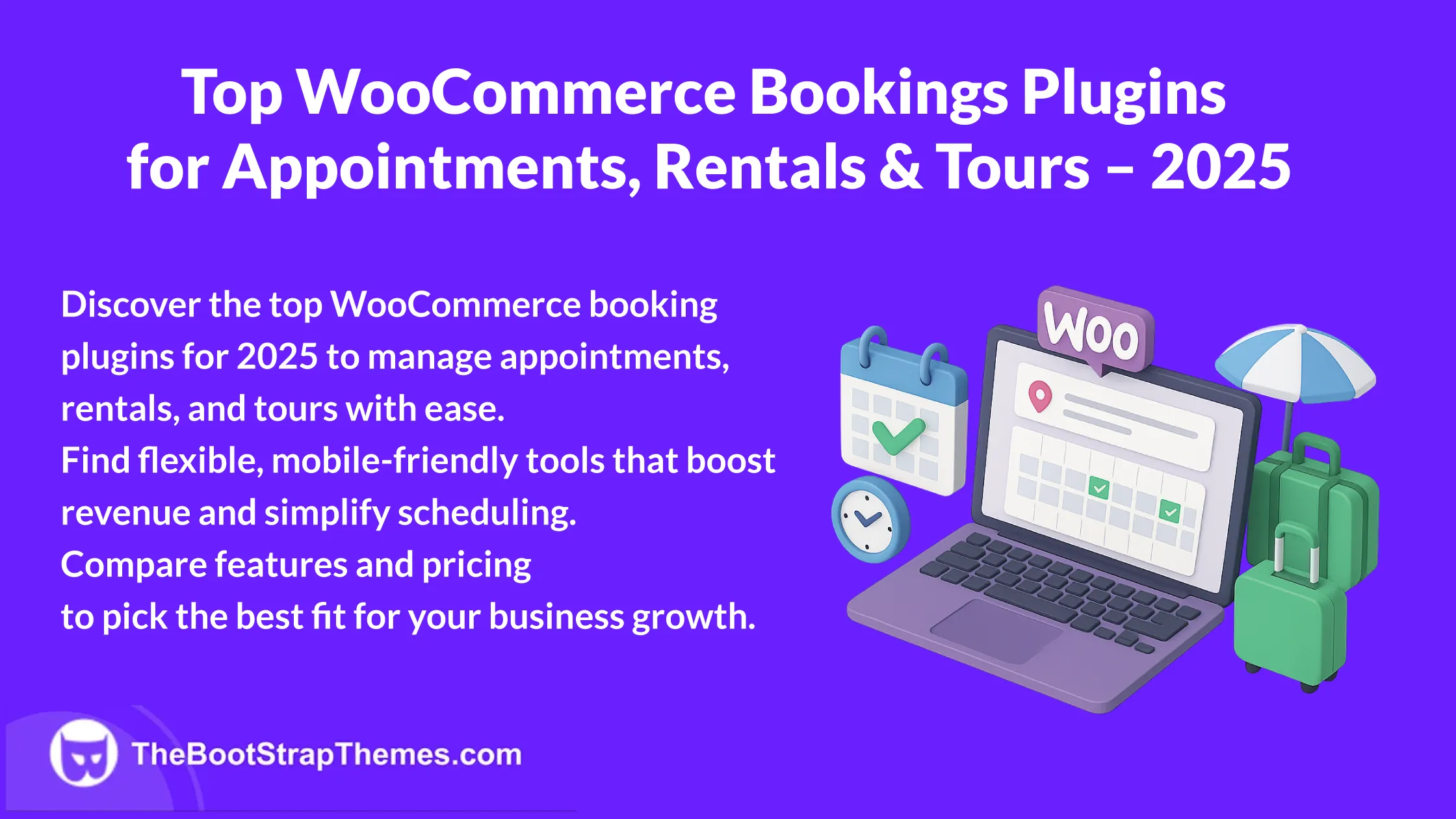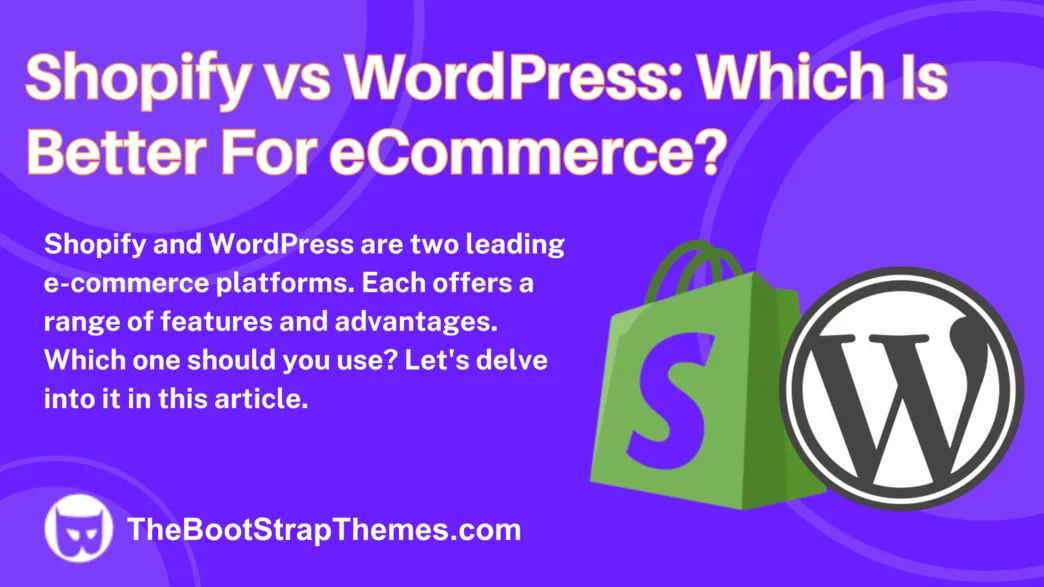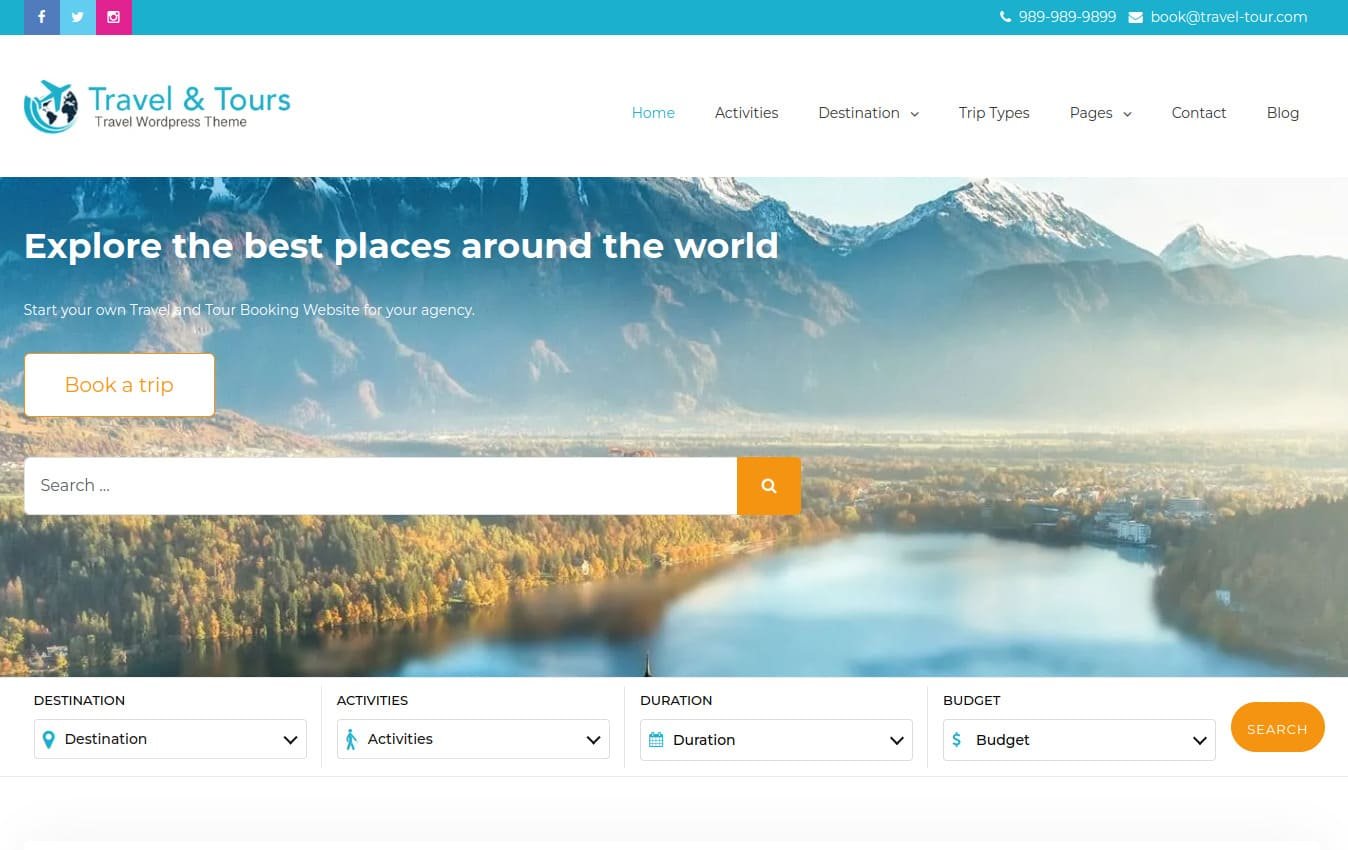BootStrap Themes Intro: Sakshi Narayan from www.AppMySite.com is giving us some tips on apps vs PWAs.
Smartphone usage has exploded in the last few years. For any online business, capturing the mobile market has become an essential.
The changes in website development show an interesting trend when it comes to mobile optimization. The biggest website CMS in the world, WordPress, enables users to automatically create mobile responsive websites.
Most WordPress themes now are mobile-friendly. Even page builder plugins like Elementor and Oxygen offer special features to finetune the mobile view of websites.
Perhaps the most obvious indicator of the importance of mobile responsiveness is Google’s famous mobile-friendly update. In 2015, Google rolled out an update to its search engine. The update was meant to reward websites which were mobile responsive.
So mobile responsiveness is important for websites, but what are the other ways to make your brand stand out?
Mobile apps and PWAs: An introduction
Mobile apps are the first mobile-first medium that come to mind.
Most of our interactions on smartphones take place through mobile apps. They are fast and accessible, making them ideal for smartphone users. However, developing apps is not the most straightforward process.
The complexity of app development often drives businesses towards alternatives. One of these alternatives is a progressive web app (PWA).
PWAs are web-driven applications that take on the appearance of native apps while being web-based. You can install PWAs on your mobile device by simply adding any given website to your home screen. When you click on the home screen icon of your website, a dedicated window will pop up which exclusively shows your website content.
As you may have surmised, PWAs are extremely easy to develop and deliver. Many businesses are turning to online platforms to convert their website into fast & intuitive PWAs.
If PWAs and native mobile apps are so similar, where do the differences lie?
How are native mobile apps and PWAs different?
There are many points of difference between PWAs and native mobile apps. They’ve been summarized in the table below:
| Factor | PWAs | Native mobile apps |
|---|---|---|
| Delivery platform | Can be downloaded directly from a browser. | Generally delivered through app stores like Google Play and App Store. |
| Build configuration | PWAs are built to perform on web browsers | Native apps are designed to perform on mobile devices |
| Performance | PWAs are faster than mobile websites, because they leverage service workers to cache resources and harmonize data with a remote server. | Native apps are faster than PWAs, because they can access device hardware and do more calculation to smooth user experience and cut down load time. In addition, some native apps can also work offline. |
| Cost | PWAs are inexpensive to develop. | App development is expensive, but has become more affordable off late with the arrival of app makers. |
| Functionality | PWAs are built from browsers, and thus lack the full stack of functionality that native apps can deliver. | With features like app access, push notifications, and geofencing, native apps edge out PWAs in functionality. |
| Security | While PWAs are more secure than mobile websites, the scalability of their security measures is limited. PWAs basically rely on HTTPS encryption for security. | The security of native apps can be scaled and enhanced with features like 2FA. Native apps are also vetted by app stores for security before going live. |
Which option suits your business more?


Most people think of apps and immediately point to popular app stores like Google Play and App Store. The mainstream perception regarding mobile apps is thus based on native apps, not PWAs.
This is again a big reason the first choice of most companies is building native apps. There are obvious benefits in choosing an option that people are more familiar with.
The primary reason businesses look beyond native apps is the cost of app development. It takes a lot of technical expertise to create a mobile app. The two main options to create an app are either hiring an agency or building an in-house team of developers. Both these options require a ton of investment, which is not something every business can manage.
PWAs are a viable alternative. They’re easy to build and distribute, but they lack the functionality that native apps can deliver.
One other option here is using a no-code mobile app builder software to create an app. There are many platforms today that allow users to build apps without writing any code. Furthermore, these platforms are almost as affordable as PWA development platforms.
There is thus a real possibility to build native apps without incurring high costs if you choose a DIY no-code platform. AppMySite is one such platform that lets you create native, ready-to-publish apps using your websites.
With DIY platforms in the mix, there’s no real incentive for businesses to develop PWAs. Here are some advantages native apps can deliver:
- Branding: Apps delivered through Google Play and App Store are generally considered more reliable, and thus manage to have a better brand spin.
- Affordability: With no-code platforms, building a native app is affordable, and nowhere near what it costs to custom-build an app from scratch.
- Functionality: Native apps offer greater functionality compared to PWAs as they can access native device hardware and OS capabilities.
- Speed: Since native apps can interact with the device hardware at a granular level, it can deliver high speed and performance.
In conclusion
The best way for an online business to make a mark is optimizing its mobile presence. Mobile websites are a good place to start, but they’re better ways to offer mobile users a smooth experience.
Offering native apps and PWAs are the two main options businesses can choose to offer a seamless and accessible mobile experience.
This article compares both PWAs and mobile apps in great depth. While there are plenty of areas where both overlap, there are some fundamental differences between native apps and PWAs. This piece highlights those differences and helps you take an informed decision for your online business.
Author Bio:
Sakshi Narayan is the content marketing head at AppMySite. She has written a number of posts on WordPress, app development, and marketing for some of the biggest platforms online.





